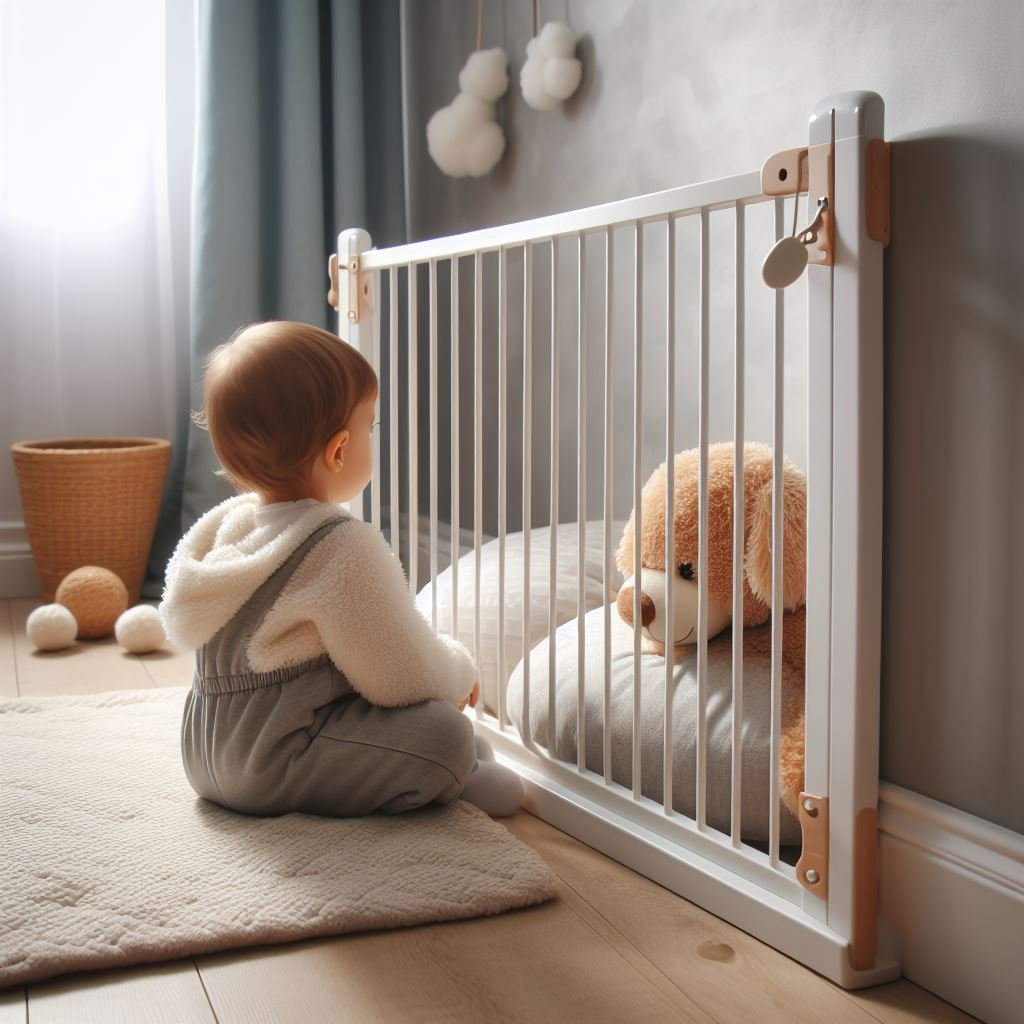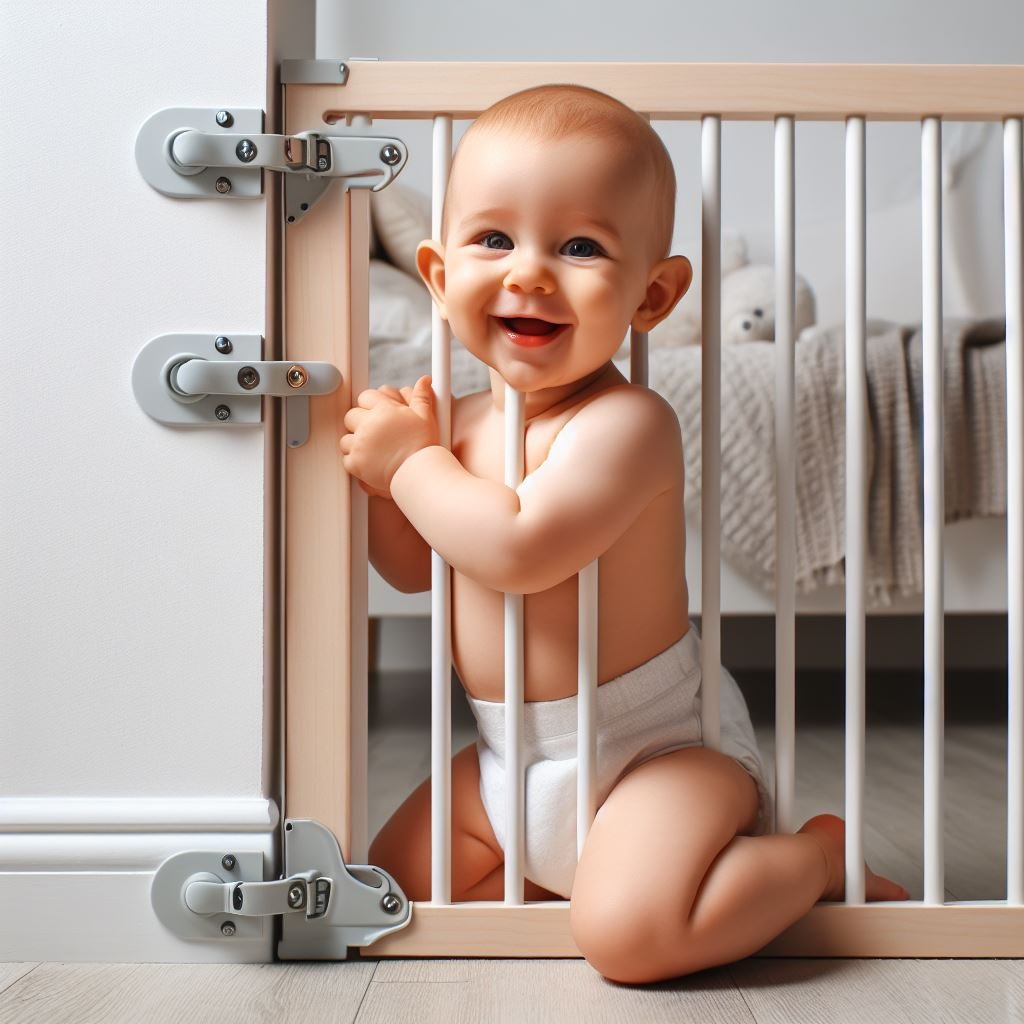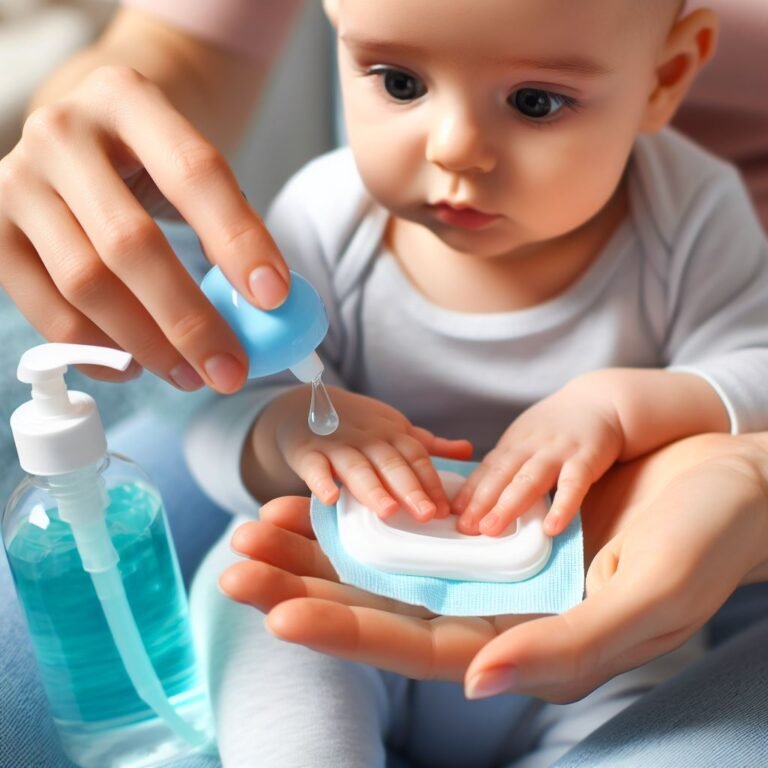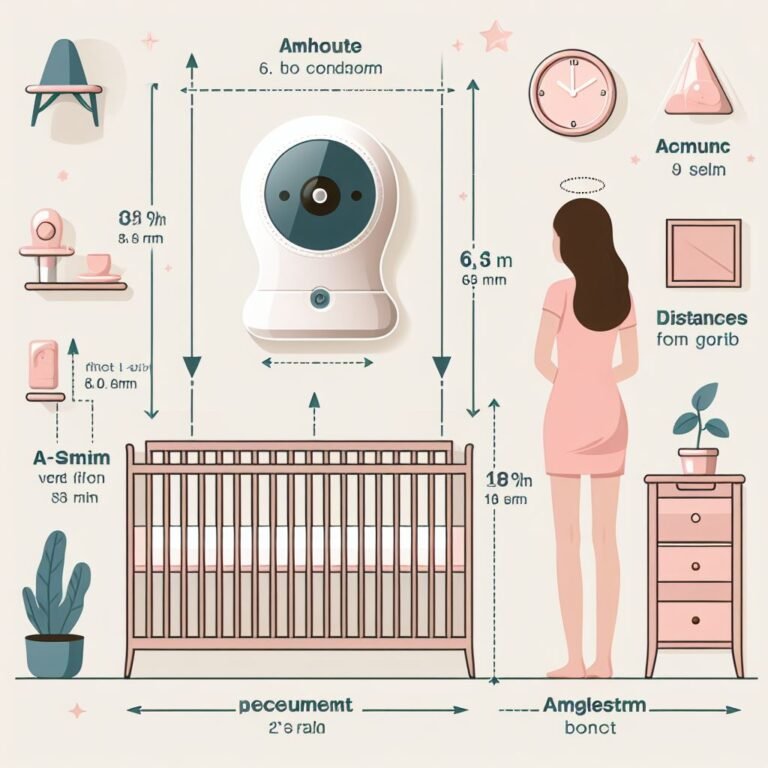Best Baby Gate : Can You Put a Baby Gate on a Wall ?
Did you know that over 3 million children under the age of five are treated in emergency rooms for injuries sustained at home each year? As parents, ensuring the safety of our little ones is of utmost importance.
When it comes to childproofing our homes, installing a baby gate is a crucial step. But can you put a baby gate on a wall?
In this article, we will explore the different types of baby gates suitable for wall installation and provide a step-by-step guide to help you secure your home and protect your child.
Key Takeaways
- There are different types of baby gates for wall installation, including pressure-mounted gates, hardware-mounted gates, retractable gates, and walk-through gates.
- Factors to consider before installing a wall-mounted baby gate include assessing the location, width, and angle of the opening, measuring height and checking for obstructions, considering the wall material, and determining the purpose of the gate.
- The step-by-step guide to installing a baby gate on a wall includes measuring and marking the width and height, finding studs using a stud finder, mounting brackets at the marked height and aligning them with studs, installing the gate onto the brackets using the provided screws, and testing the gate for stability and making necessary adjustments.
- Safety tips for using a baby gate on a wall include installing the gate correctly according to the manufacturer’s instructions, regularly checking for wear or damage, placing the gate in a safe location away from hazards, supervising the child when near the gate, and using the gate as a barrier but not a substitute for supervision.
Types of Baby Gates for Wall Installation
There are four types of baby gates that can be installed on walls for child safety purposes. These gates are designed to prevent young children from accessing hazardous areas of the home, such as staircases and kitchens.
The first type of baby gate for wall installation is the pressure-mounted gate. This gate utilizes pressure to hold it in place between two walls or door frames. It is easy to install and does not require any drilling or tools. However, it is important to note that pressure-mounted gates may not be suitable for use at the top of staircases, as they can be easily pushed down by a determined child.
The second type is the hardware-mounted gate. This gate is securely attached to the wall using screws and brackets, providing a sturdy barrier for child safety. It is recommended for use at the top of staircases or in areas where a stronger barrier is needed.
The third type of baby gate is the retractable gate. This gate features a mesh fabric that can be extended and retracted as needed. It is a versatile option that can be easily rolled up when not in use, making it ideal for smaller spaces.
Lastly, there are also walk-through gates that have a swinging door for easy access. These gates are convenient for adults to pass through without having to remove the entire gate.
When choosing a baby gate for wall installation, it is important to consider the specific needs of your home and the level of child safety required.
Factors to Consider Before Installing a Wall-Mounted Baby Gate
Before installing a wall-mounted baby gate, it is crucial to carefully evaluate the specific needs and requirements of your home in order to ensure the utmost safety and effectiveness of the barrier. There are several factors that should be taken into consideration before making a decision.
Firstly, it is important to assess the location where the gate will be installed. Consider the width of the opening and whether it is a straight or angled wall. Measure the height of the wall to determine the appropriate size of the gate. Additionally, check for any obstructions, such as baseboards or moldings, that may affect the installation process.
Secondly, consider the material of the wall. Some baby gates require drilling into the wall for installation, while others can be pressure-mounted. If you are unable to drill into the wall or prefer not to, a pressure-mounted gate may be a better option.
Next, think about the purpose of the gate. Is it to keep your child out of a specific area or to create a safe play space? This will help determine the type and design of gate that will best suit your needs.
Lastly, consider the durability and quality of the gate. Look for a gate that is sturdy and well-built to ensure it can withstand the pressure or weight of your child.
Step-by-Step Guide to Installing a Baby Gate on a Wall
Installing a baby gate on a wall requires careful preparation and precise execution to ensure a secure and effective barrier for childproofing. By following a step-by-step guide, you can confidently install a baby gate on your wall, providing safety and peace of mind for your little one.
- Measure and mark: Start by measuring the width of the opening where you want to install the gate. Use a pencil to mark the height you desire for the gate.
- Find the studs: Use a stud finder to locate the studs in the wall. It is essential to anchor the gate securely to the studs for maximum stability.
- Mount the brackets: Attach the gate brackets to the wall at the marked height. Make sure to align them with the studs for added strength.
- Install the gate: Attach the baby gate to the brackets using the provided screws. Ensure that the gate is securely fastened and can open and close smoothly.
- Test and adjust: Once installed, test the gate by applying pressure to check its stability. If needed, make any necessary adjustments to ensure a snug fit.
Remember to read the manufacturer’s instructions carefully before installing the baby gate, and always prioritize the safety of your child. By following these steps, you can successfully install a baby gate on a wall, creating a safe environment for your little one to explore.
Common Challenges and Solutions for Wall-Mounted Baby Gates
One of the most common challenges when installing a wall-mounted baby gate is determining the appropriate height for optimal safety and effectiveness. It is crucial to ensure that the gate is installed at a height that prevents the child from climbing over it or squeezing underneath it. Additionally, the gate should be positioned in a way that does not impede the movement of other household members.
Another challenge that may arise when installing a wall-mounted baby gate is finding the right type of hardware to securely attach the gate to the wall. It is essential to use strong and durable screws or bolts that can withstand the weight and force applied to the gate. This will prevent accidents and ensure that the gate remains securely in place.
Furthermore, some walls may present challenges due to their construction materials. For example, installing a baby gate on drywall may require additional measures to ensure stability and prevent damage to the wall. In such cases, using anchor screws or brackets specifically designed for drywall installation can provide a solution.
To overcome these challenges, it is recommended to carefully read the manufacturer’s instructions and follow them closely. Additionally, consulting with a professional or seeking advice from experienced individuals can provide valuable insights and guidance. Prioritizing safety and taking necessary precautions will help ensure that the wall-mounted baby gate serves its purpose effectively, providing a secure environment for the child.
Safety Tips for Using a Baby Gate on a Wall
When using a baby gate on a wall, it is important to ensure that it is securely fastened to prevent accidents or injuries. Here are some safety tips to keep in mind when using a baby gate on a wall.
Firstly, make sure that the baby gate is installed correctly according to the manufacturer’s instructions. This includes using the appropriate hardware and mounting it at the correct height to prevent your child from climbing over or squeezing underneath.
Secondly, regularly check the gate for any signs of wear or damage. This includes inspecting the hinges, latch, and overall stability of the gate. If any issues are found, it is important to repair or replace the gate immediately to maintain its effectiveness.

Additionally, ensure that the gate is placed in a location that is safe and free from hazards. Avoid placing the gate near stairs or other areas where a fall could occur. It is also important to keep the area around the gate clear of any objects that could be used as a stepping stool.
Lastly, always supervise your child when they are near the gate. While a baby gate can provide a barrier, it is not a substitute for parental supervision. Keep an eye on your child to ensure their safety at all times.
Frequently Asked Questions
Are Baby Gates for Wall Installation Suitable for All Types of Walls?
When considering the installation of a baby gate on a wall, it is important to assess the suitability of the wall type. While baby gates for wall installation can be suitable for many types of walls, certain factors, like wall material and strength, should be taken into account.
Can I Install a Wall-Mounted Baby Gate on a Staircase?
Installing a wall-mounted baby gate on a staircase is a practical and safe solution to prevent young children from accessing potentially hazardous areas. It provides a reliable barrier while ensuring their well-being.
How Do I Determine the Correct Height for Installing a Baby Gate on a Wall?
To determine the correct height for installing a baby gate on a wall, you should consider the safety requirements and the developmental stage of the child. Consult the manufacturer’s guidelines for specific instructions to ensure proper installation.
Is It Possible to Remove a Wall-Mounted Baby Gate Without Damaging the Wall?
Yes, it is possible to remove a wall-mounted baby gate without damaging the wall. By following proper installation instructions and using the right tools, the gate can be safely taken down, leaving the wall intact and undamaged.
Are There Any Additional Safety Precautions to Consider When Using a Baby Gate on a Wall Near a Fireplace?
When considering the use of a baby gate on a wall near a fireplace, it is important to take additional safety precautions. These may include ensuring the gate is securely installed and meets safety standards, keeping flammable materials away from the gate, and monitoring the gate regularly to prevent accidents.
Conclusion
In conclusion, installing a baby gate on a wall can provide an effective way to keep your little one safe and secure.
By considering the type of baby gate suitable for wall installation and following a step-by-step guide, you can easily install the gate.
However, it is important to be aware of common challenges and implement safety tips to ensure the gate is properly secure. With a wall-mounted baby gate, you can create a protective barrier for your child that is both functional and visually appealing.




